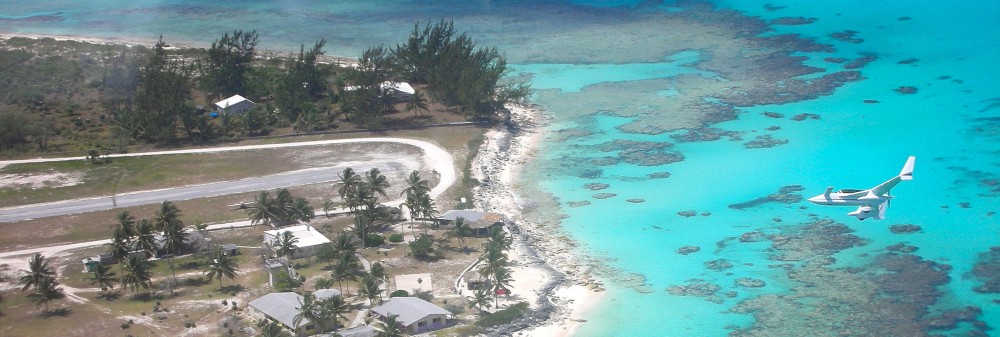I started off today by reclaiming a piece of 3/8″ thick PVC foam for use to create the top air duct in the left baggage compartment that crosses over from the BL 23 rib to the oil heat duct entry hole in the side of the fuselage.
First off, the foam is reclaimed from what?? Well… from the squirrels that like to call my workshop home. On the back side is a big swath of squirrel poop, so I cut around it to use what I could before throwing the unusable section away.
I created the upright sides of the Oil heat RAM air scoop cross duct from the piece above and then used another piece for what will be the bottom section, which is at the top here as I used micro to glue all the pieces together.
Now, in my quest to multi-task, dual purpose components when able and generally and proverbial kill two birds with one stone, this is not just a duct, but a reinforced bridge, or bulkhead really, to help support the top left strake skin at the common GIB entry point on these birds. It’s essentially a lightweight but sturdy “U” channel that will help support the load of any GIB/pax who needs to enter the aircraft via the strake.
And here it is in place. Note that although not perfectly matched to the current oil heat duct entry hole in the fuselage sidewall, it will do the job —once glassed— of getting the pressured air from the RAM air scoop intake into the oil heat ductwork.
Here’s yet another shot from the aft end of the left baggage compartment.
I then glassed the interior surface of my new dual purpose oil heat RAM air scoop duct (and bridge!) component with 1 ply of BID. After I got all the internal area BID wetted out and laid up, I then flipped the duct/bridge upside down to create flanges on each side somewhat like the T-hats on the strake ribs to allow for top strake skin attachment to this part.
In fact, I put peel ply underneath the flange BID so that when all is said and done, I can just rip the peel ply off and have the flanges ready for the top stake skin attaching. I also added peel ply on the top (as situated here) of the flanges to allow for another ply of BID to be laid up glass-to-glass when I layup the external ply of BID (see below).
While the duct/bridge internal BID layup cured, I then got busy further determining the configuration of the RAM air scoop in its mounting through the strake leading edge. Once I felt comfortable with how it would be mounted, I then traced the aft RAM air scoop duct onto the front face of the vapor box.
After cutting the hole in the vapor box and test fitting the RAM air scoop duct, I then ran a bead of medium dry flox around the outside interface/junction between the vapor box and the RAM air scoop duct. I then glassed the junction with a ply of BID and peel plied most of it.
Internally I ran a bead of micro around the protruding lip of the RAM air scoop duct.
Here you can see the 1-ply BID layup securing the RAM air scoop duct to the front face of the vapor box.
After joining the RAM air scoop to the vapor box, I then razor trimmed the internal 1-ply BID layup on the RAM air scoop duct/bridge piece.
Here’s the other end of the RAM air scoop duct/bridge piece razor trimmed.
After the RAM air scoop/vapor box combo cured a bit, I then set it in place inside the left strake/baggage compartment to ensure the final configuration was good while I could still position the two components in relation to each other if need be.
Here’s a side shot of above.
By this point the internal 1-ply BID layup on the duct/bridge had nearly fully cured, so I pulled the peel ply and prepped the external foam for a 1-ply BID layup. I sanded both bottom corners to give them a good radius, then whipped up some epoxy and micro to prep the foam surface.
I then laid up the ply of BID on the external surface of the duct/bridge.
I then peel plied nearly the entire BID layup and then left it to cure overnight.
Tomorrow I’ll press forward with the oil heat RAM air scoop & ductwork as well as other strake closeout prerequisite tasks.

















